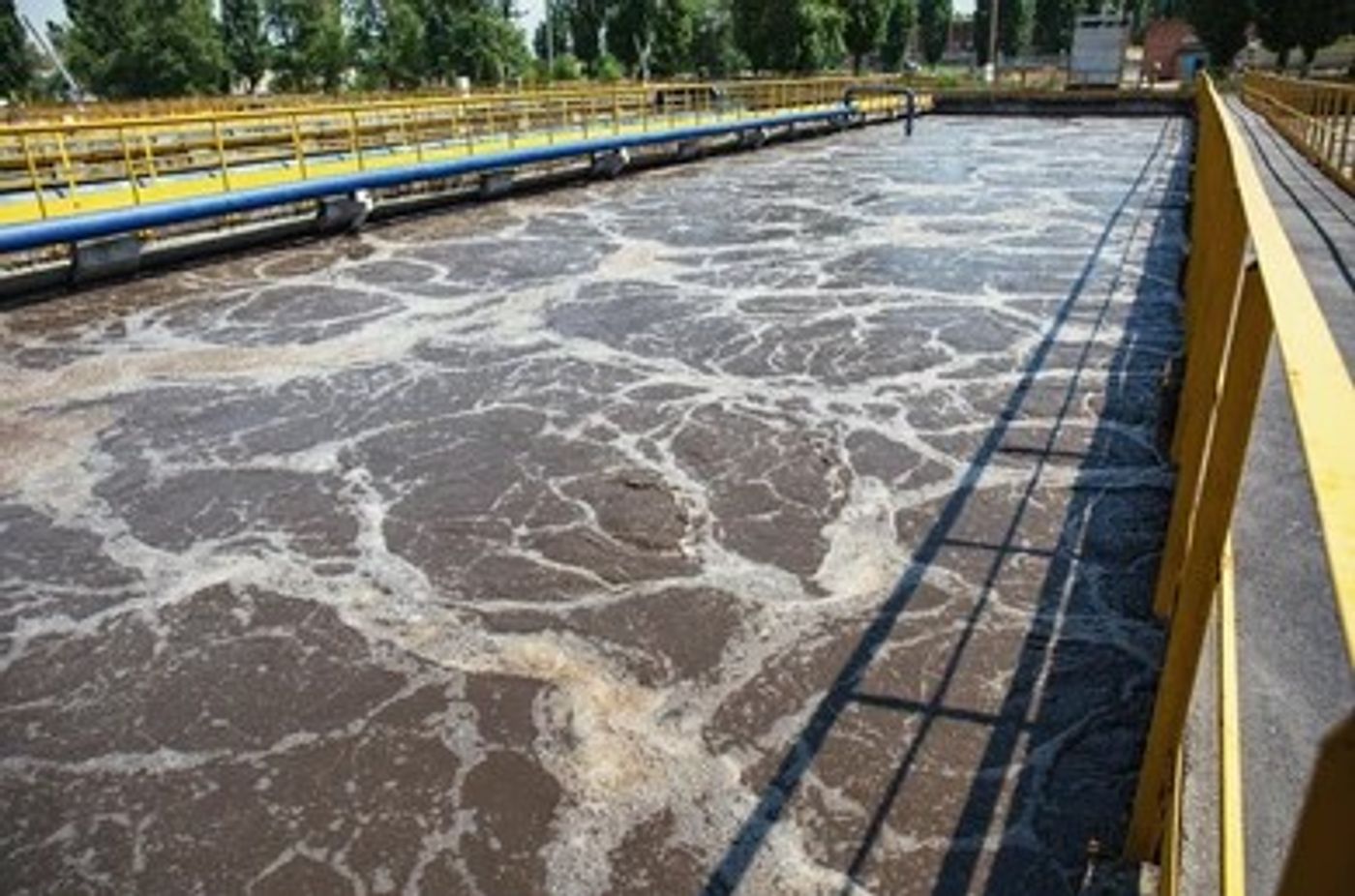New 'future-proof' method could remove phosphorus from wastewater using bacteria
A recent study from the Singapore Centre for Environmental Life Sciences Engineering (SCELSE) at Nanyang Technological University (NTU) and published in Water Research discusses how a new technique can remove phosphorus from wastewater at higher temperatures than what is currently possible using existing methods. This new technique uses a bacterial genus called Candidatus Accumulibacter—which is not harmful to both humans and the environment—successfully removes phosphorus from wastewater and internally stores it as polyphosphate granules.
This study is intriguing since one of the results of climate change is increasing water temperatures, so removing phosphorus from such waters will prove invaluable in the future, with this study appropriately being referred to as a “future-proof” method.
Since phosphorus in fresh water often results in algal blooms, removing it from wastewater prior to it being released into fresh water is extremely important. This is because algal blooms drastically reduce oxygen levels in natural waters when the algae die, often resulting in the delivery of high levels of toxins, killing organisms in those waters.
While traditional removal methods result in a large volume of inert sludge that requires treatment and disposal afterwards, this new SCELSE-developed method does not involve chemicals, most notably iron and aluminum coagulants. Using this new method, the research team was successful in removing phosphorus from wastewater at 30 degrees Celsius (86 degrees Fahrenheit) and 35 degrees Celsius (95 degrees Fahrenheit).
"We have shown that phosphorus could be stably removed in Singapore's water reclamation plants even as we expect global water temperatures to increase further,” said NTU Professor Stefan Wuertz, Deputy Centre Director of SCELSE who is also from NTU's School of Civil and Environmental Engineering, and a co-author on the study. “Employing a slow-feeding strategy and sufficiently high carbon input into biological reactors, we effectively limited the carbon uptake rates of competing bacteria. This allowed Accumulibacter to flourish and benefited a stable and efficient process, representing basic conditions suitable for future full-scale treatment plants. This will help Singapore and other countries experiencing high water temperatures to prepare for the effects of climate change."
While the study was successful in removing phosphorus over a 300-day period in a laboratory setting, further research will be carried out to improve the efficiency of their new method.
Sources: Water Research
As always, keep doing science & keep looking up!









